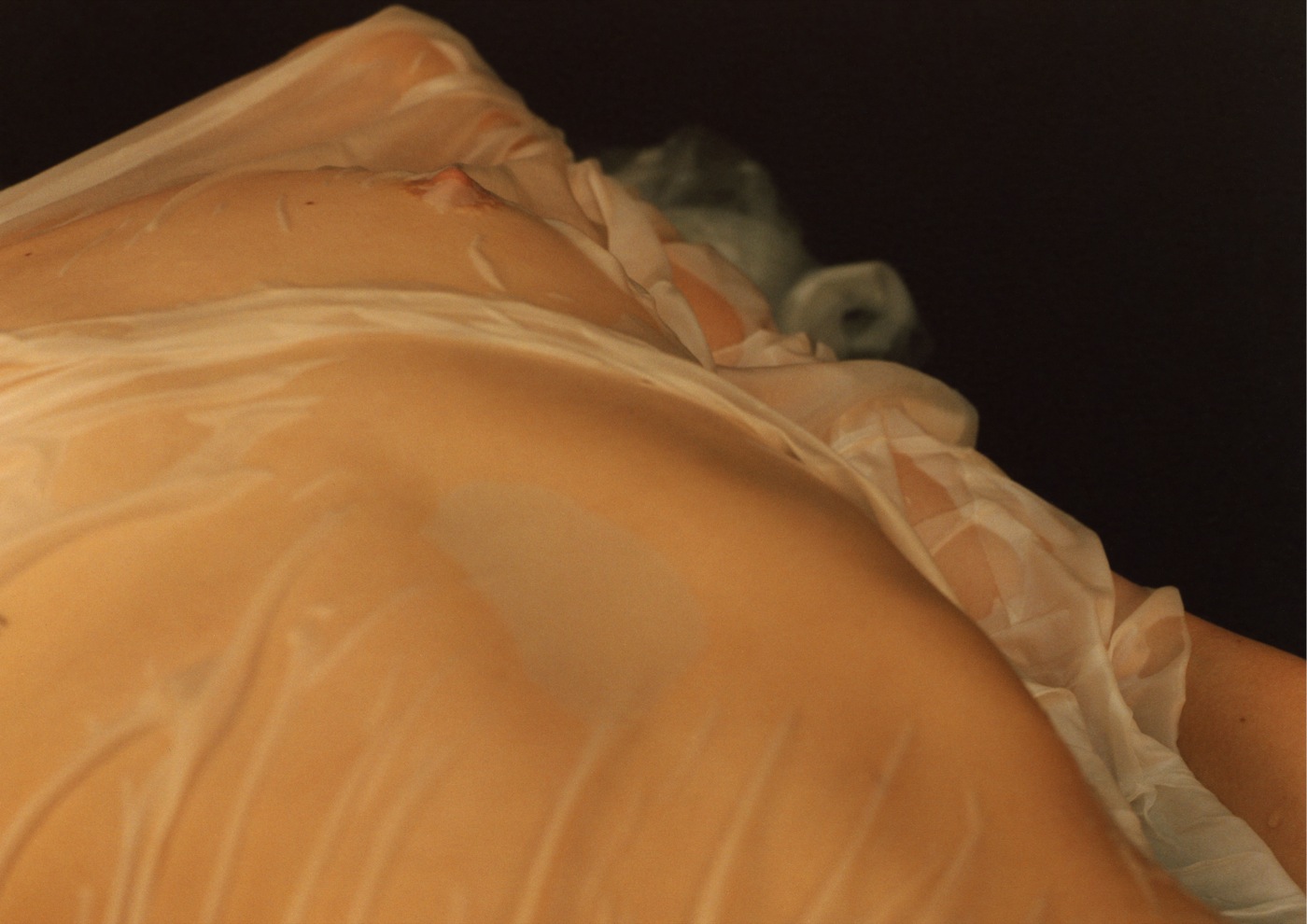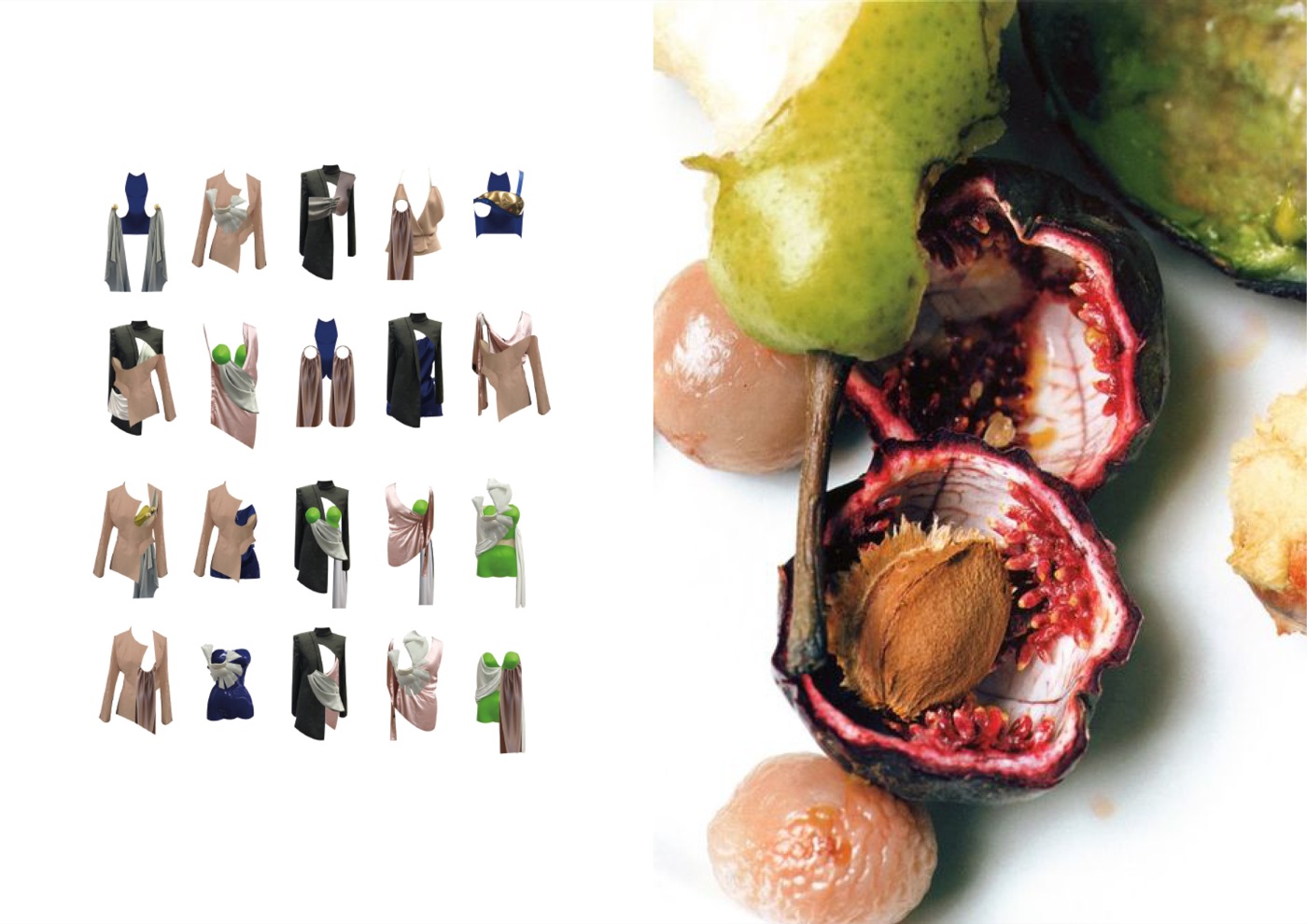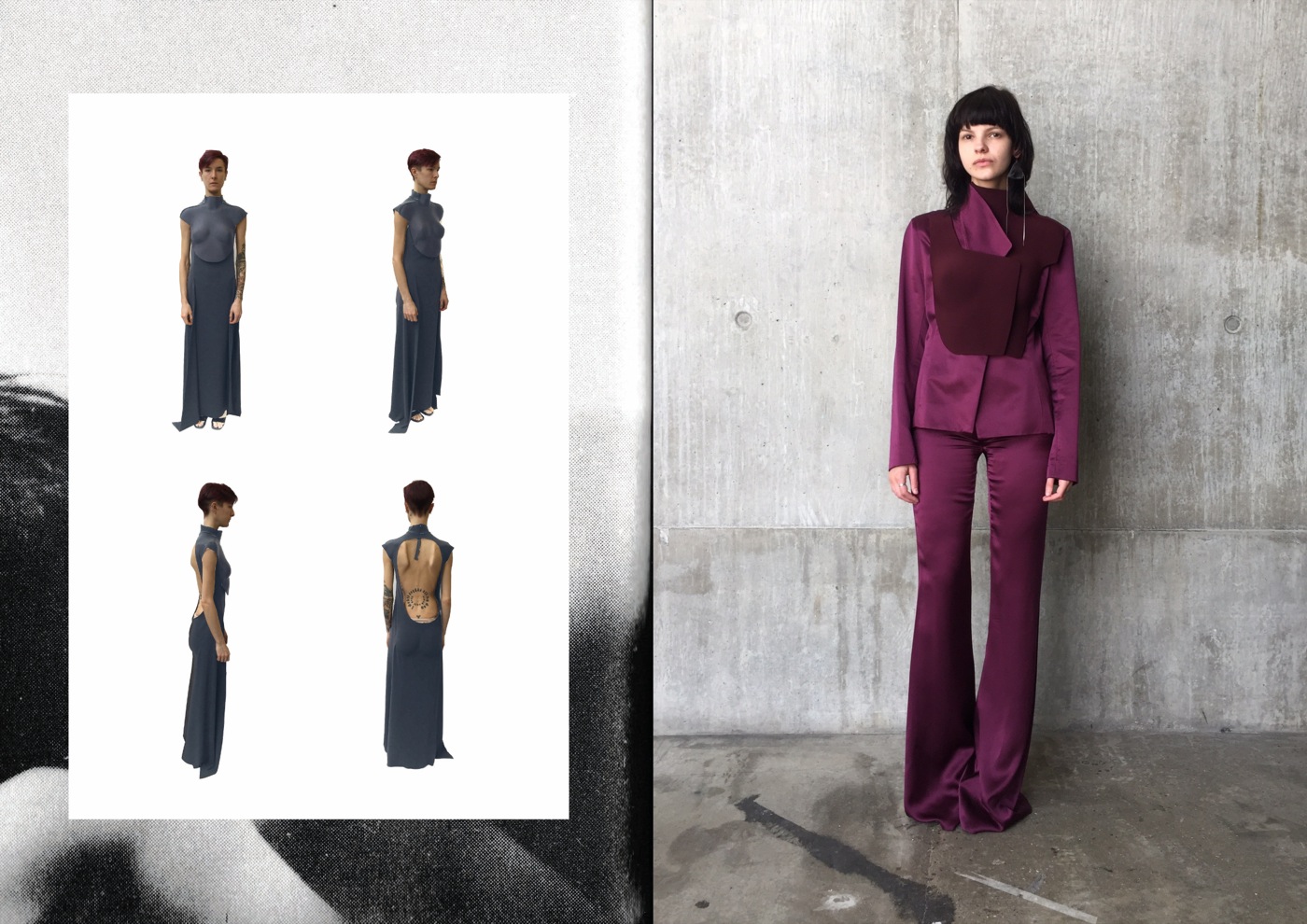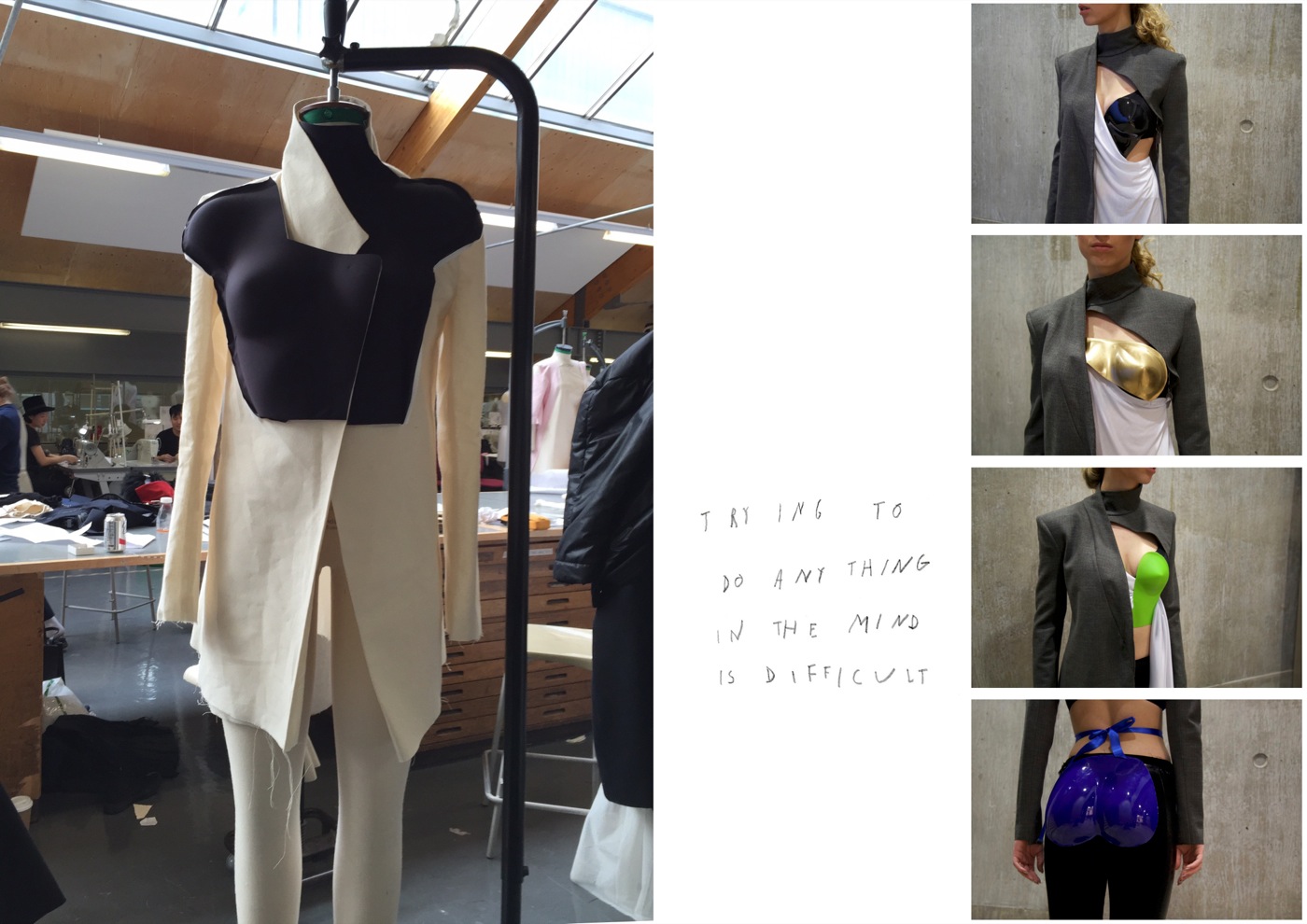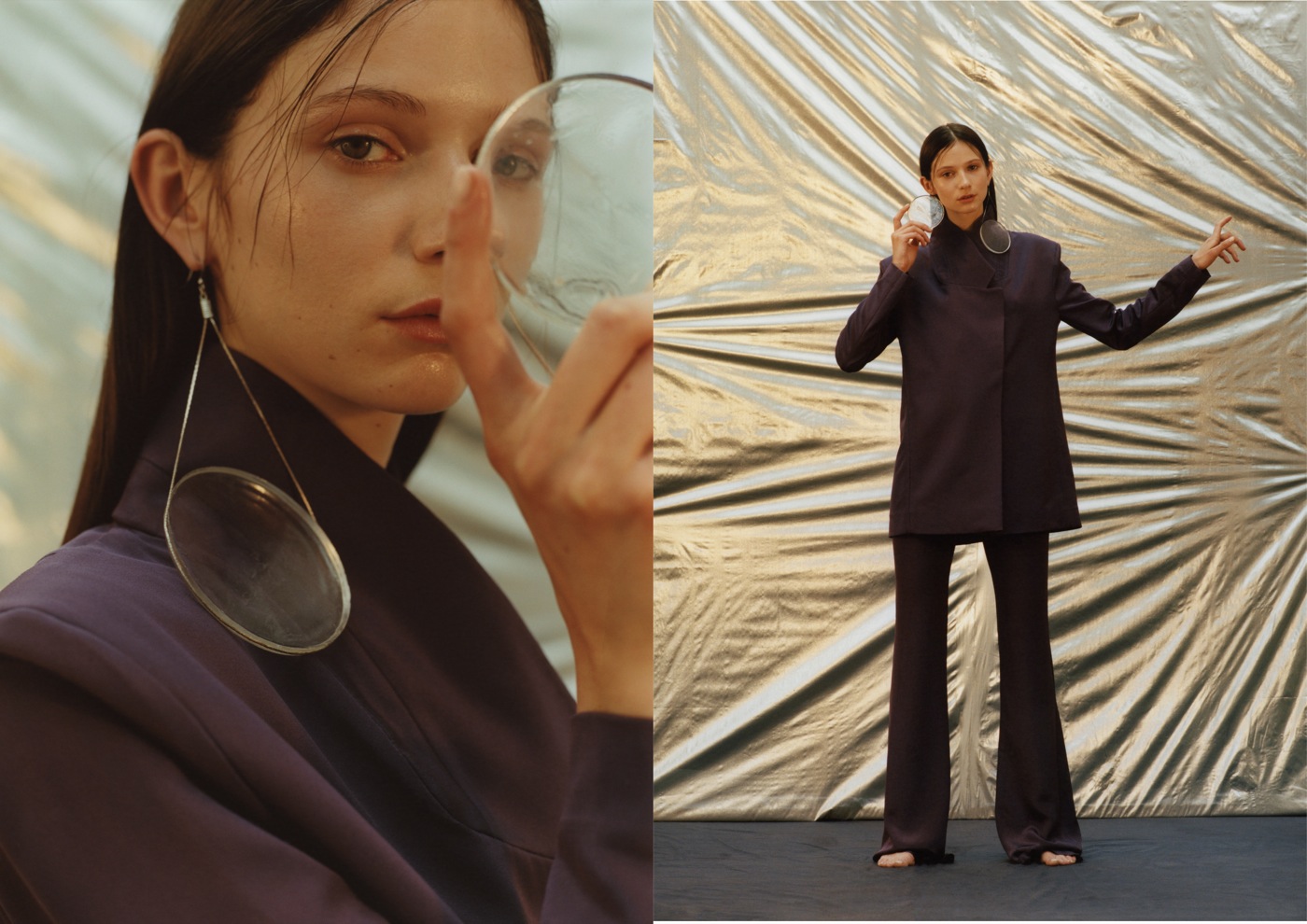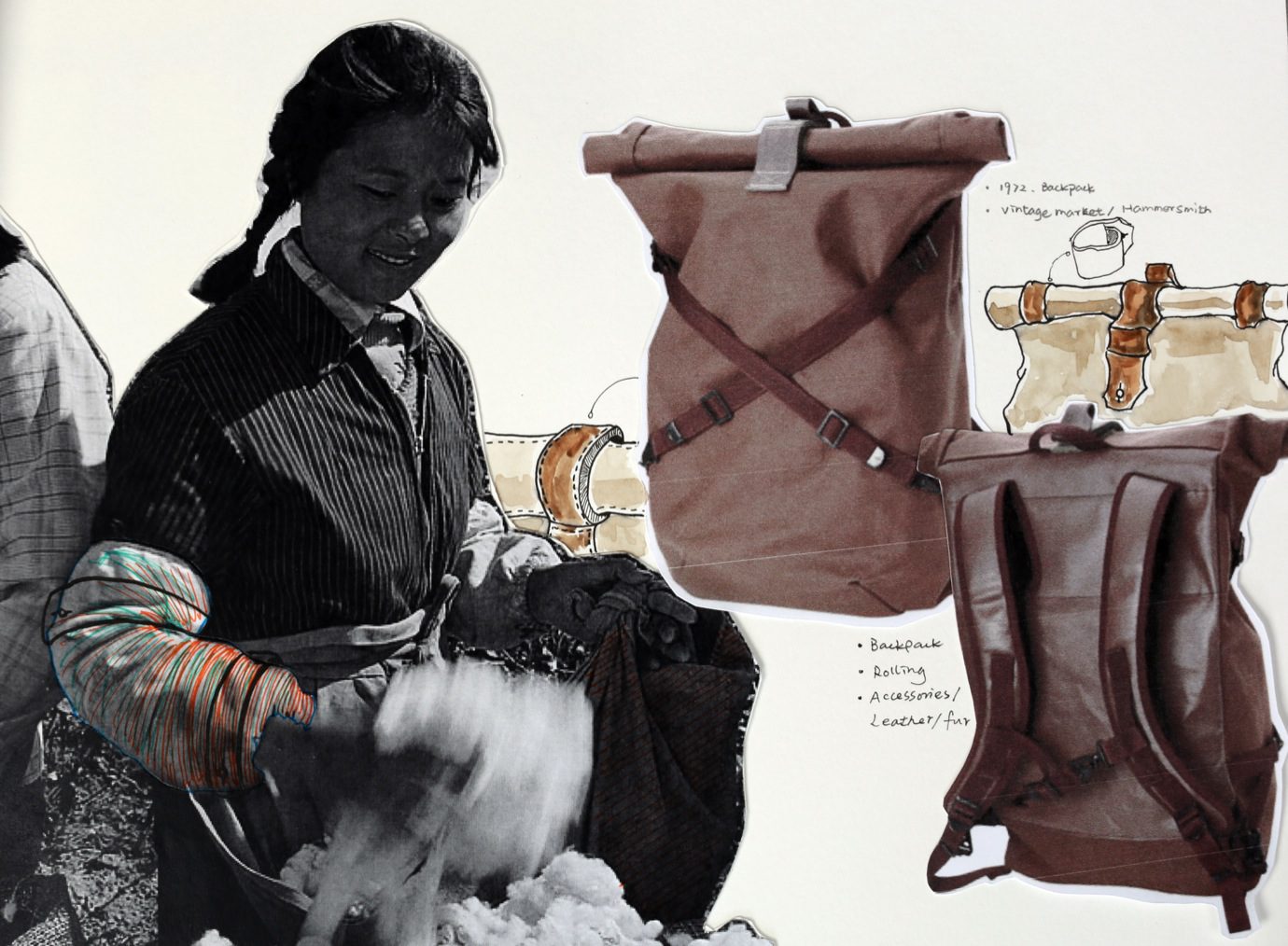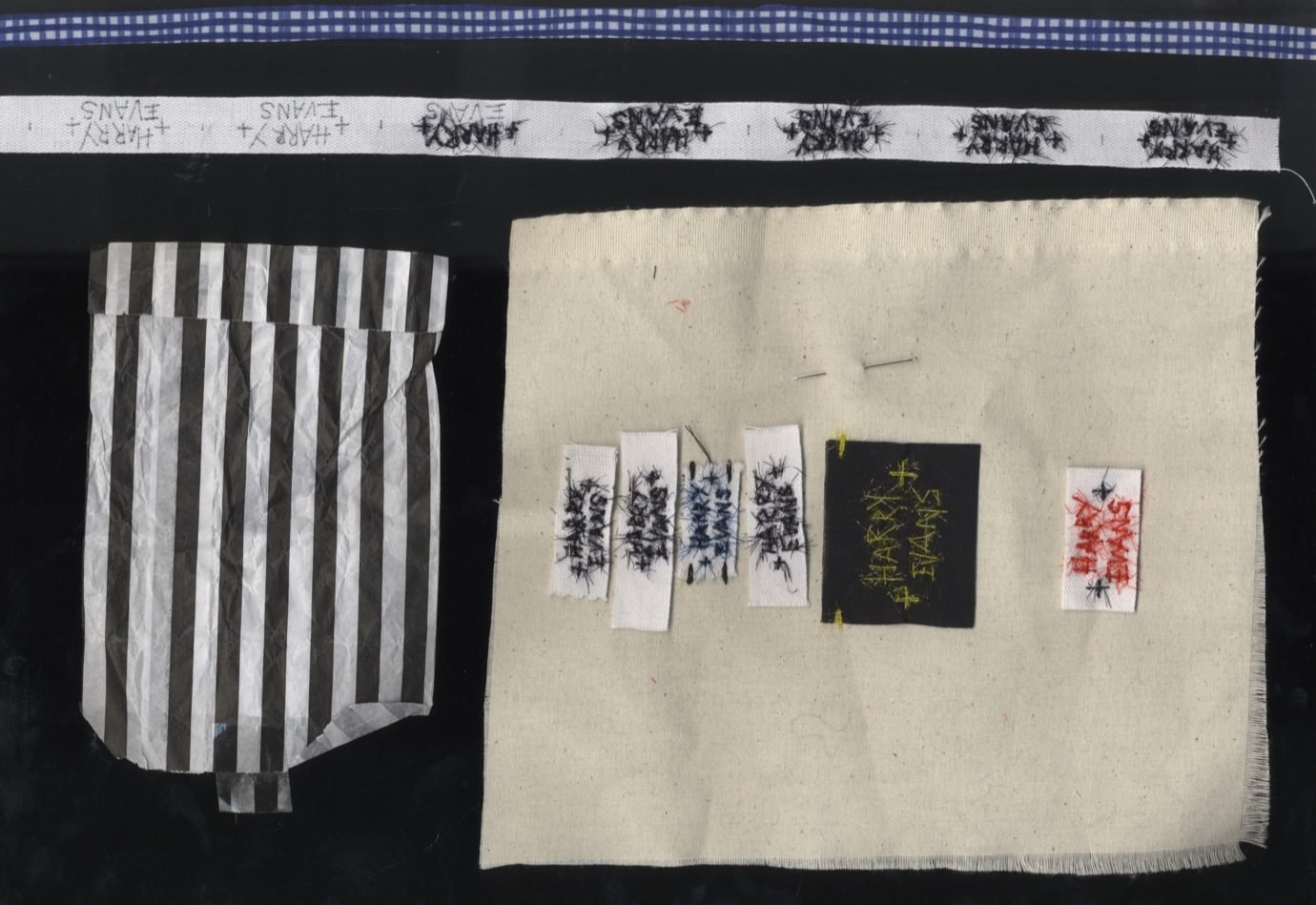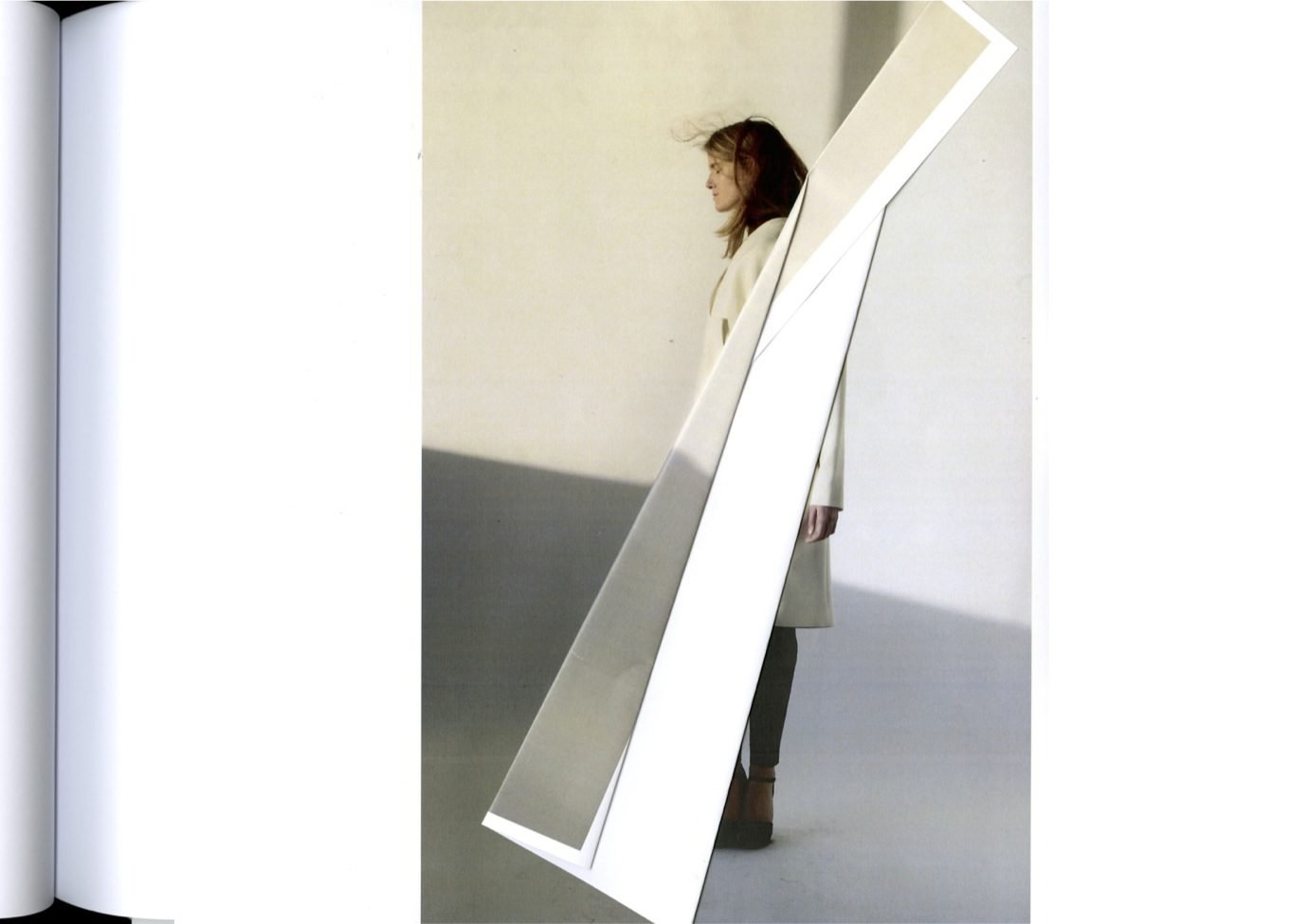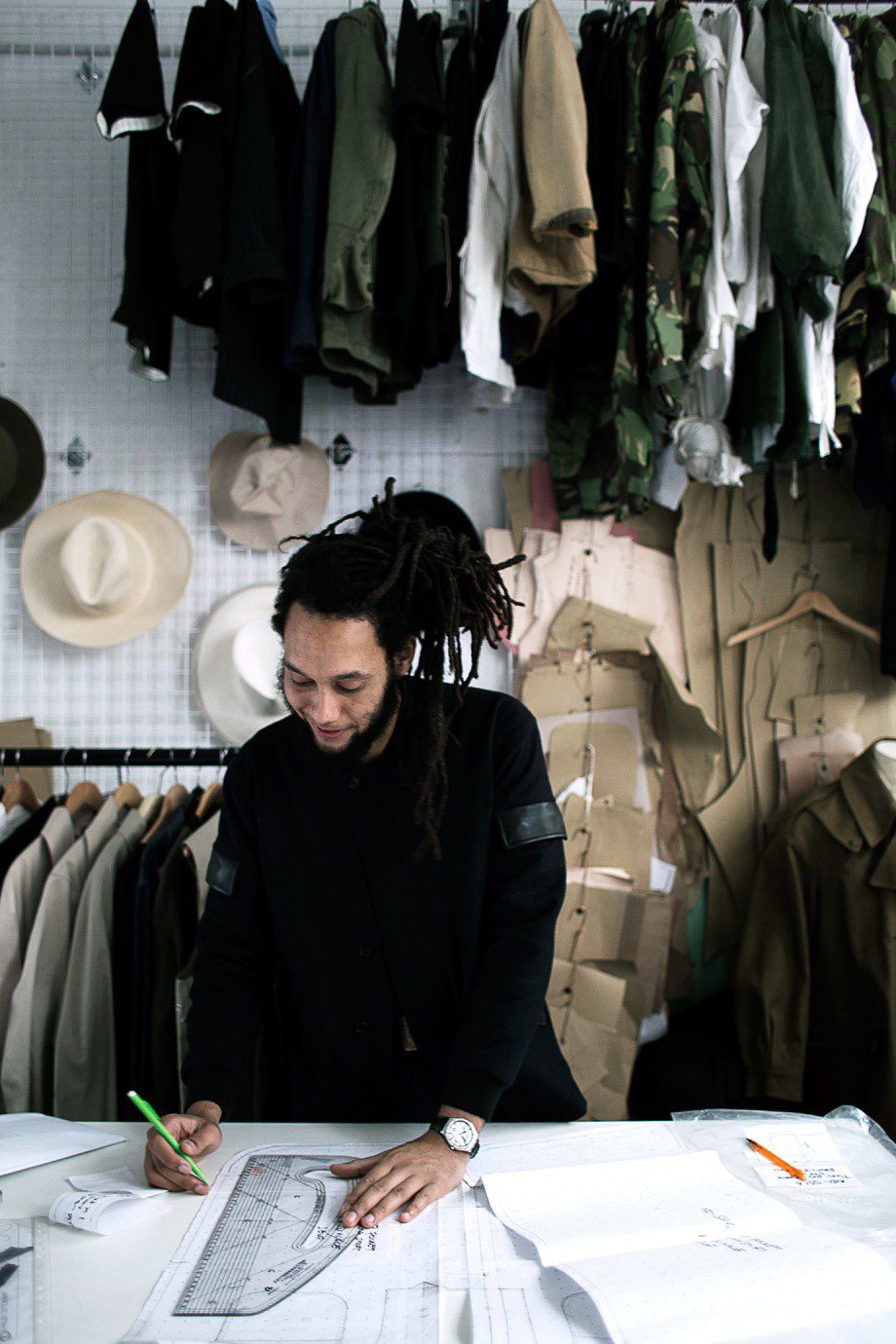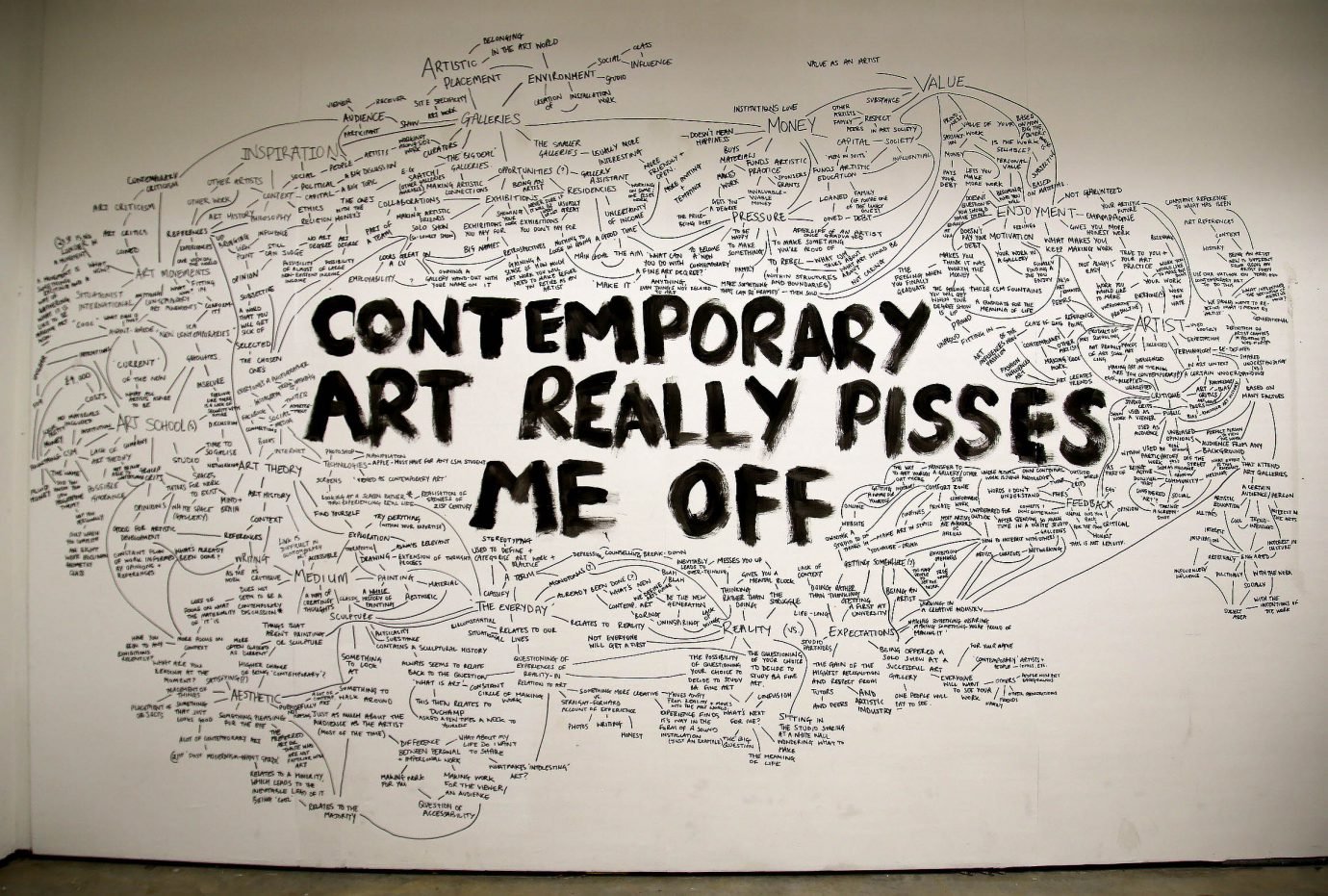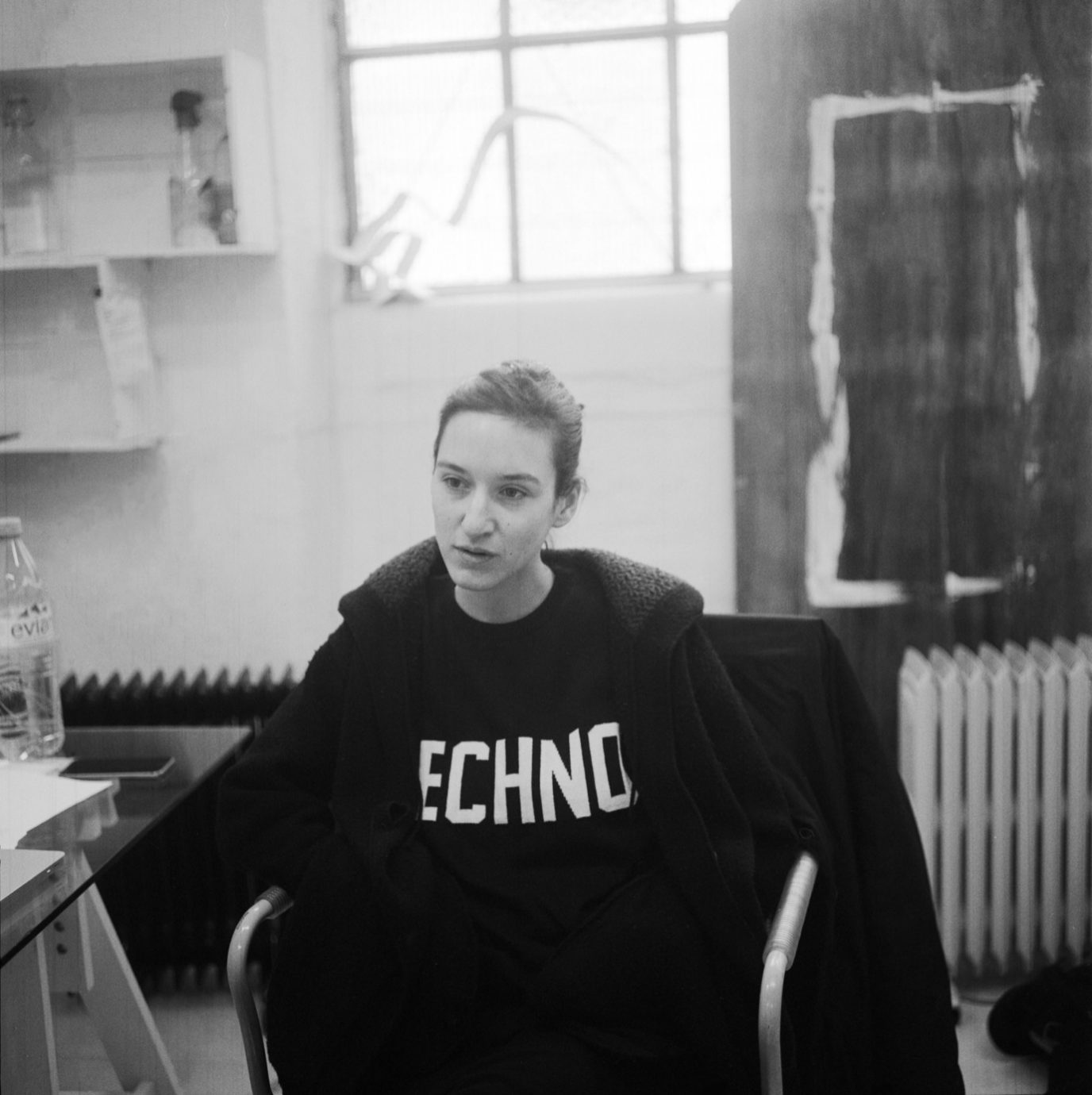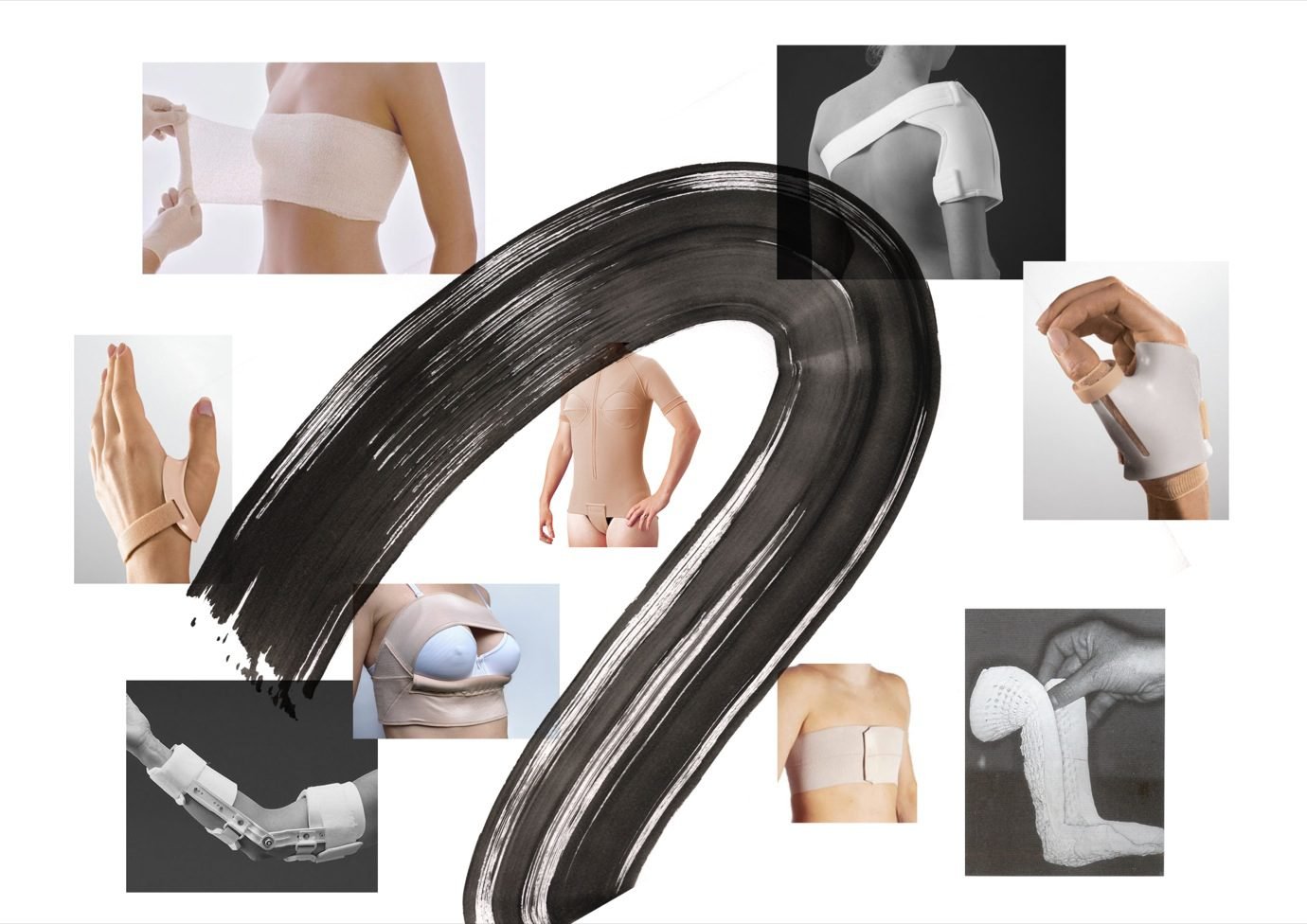What was the conceptual starting point of your graduate collection?
My collection was inspired by an erotica magazine titled ‘Odiseo’. The cover of one issue features a beautiful photograph of a large african snail that resembles the delicacy and form of a vagina. I started to question the ways in which people can project sexuality onto non-sexual things, specifically the way that water and wetness can sexualise something. I looked at the way water can create pooling in certain areas and tried to recreate this effect with clothing.
“IN THE END MY COLLECTION WAS COMPLETELY UNRECOGNIZABLE FROM MY ORIGINAL DESIGNS. I THINK THAT’S THE BEAUTY OF HAVING A YEAR TO WORK ON IT; YOU CAN GET ALL THE SHITTY IDEAS OUT OF THE WAY.”
How do you create a visual narrative out of an abstract concept? Is it a challenge to translate a very conceptual idea into something practical?
I think every designer has their own personal way of doing this, and that’s what makes every collection unique. What works best for me is to try and find a specific research image which makes my concept tangible. For example, my concept of projecting sexuality is quite vague. But I found that the more specific my research became, the easier it became to work on the stand.
How did your collection develop during the course of the year? Did you face any serious challenges during the production process?
In the end my collection was completely unrecognizable from my original designs. I think that’s the beauty of having a year to work on it; you can get all the shitty ideas out of the way. About four days before the final line up, my tutor told me to change every single fabric in my collection. It felt like the end of the world. Instead, it turned out to be the best thing that could ever have happened to my collection.
Do you get inspired by every project?
Definitely not. But in the end there’s always a way to make a brief work for you. I always took each brief as more of a loose guideline than a strict framework. When I’m stuck, I go to the college shop and buy a bunch of random objects and then see if I can do something, anything, with them. Somehow it always worked out.


